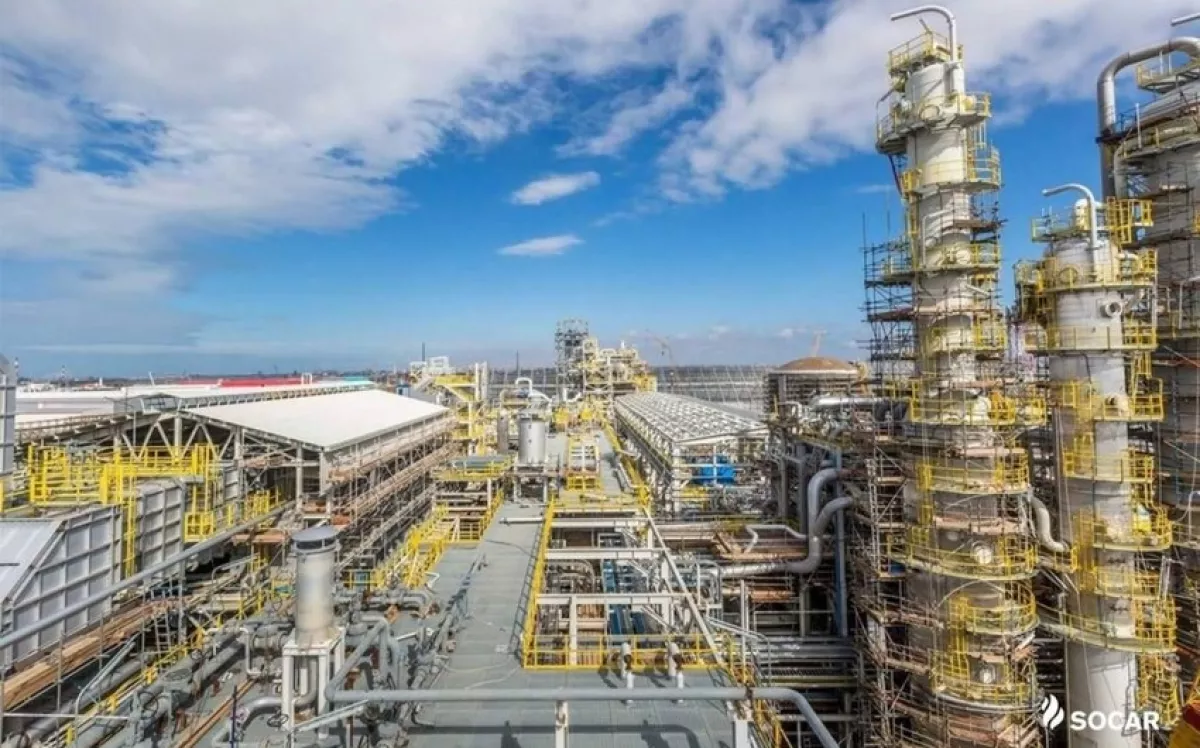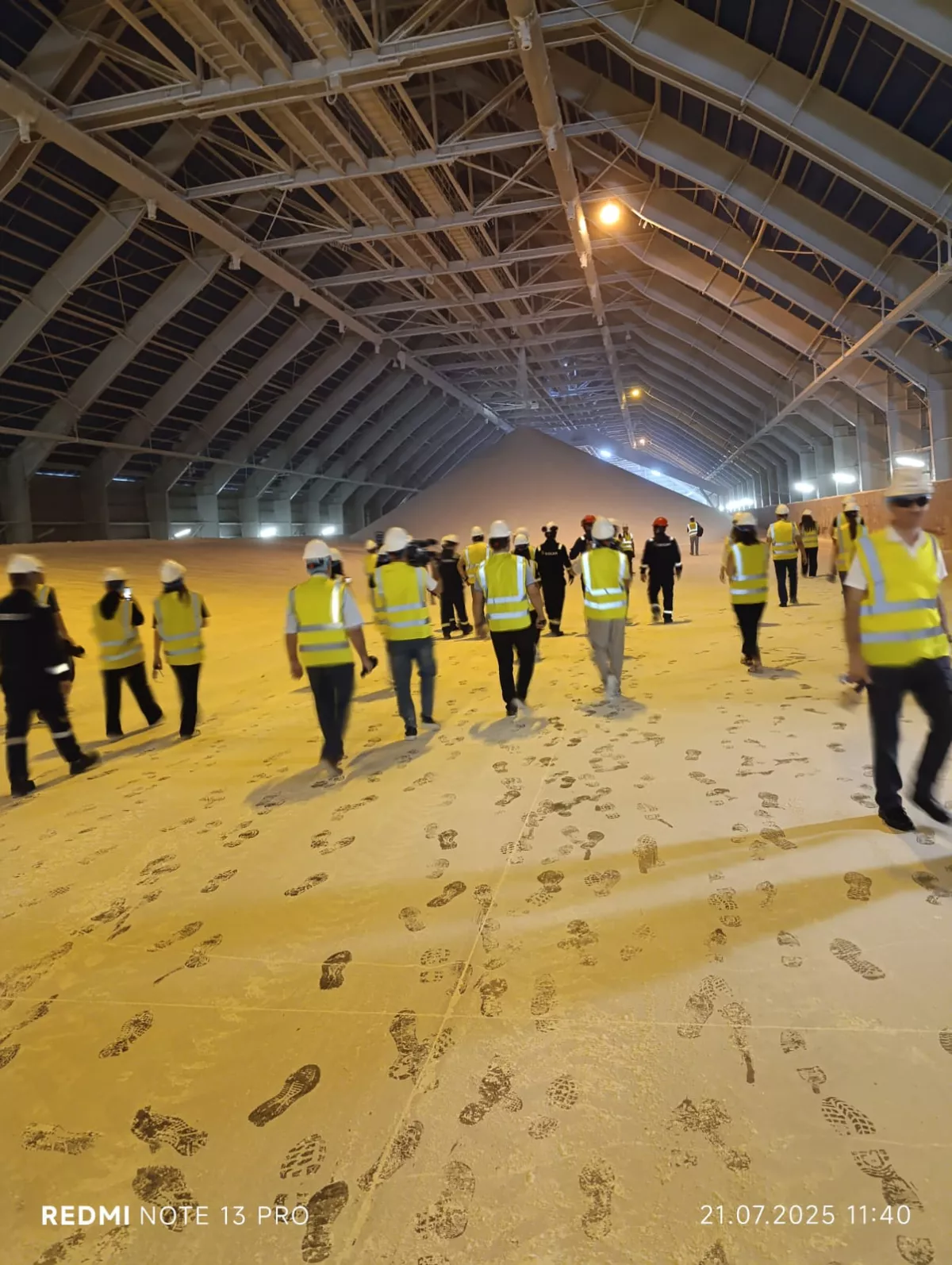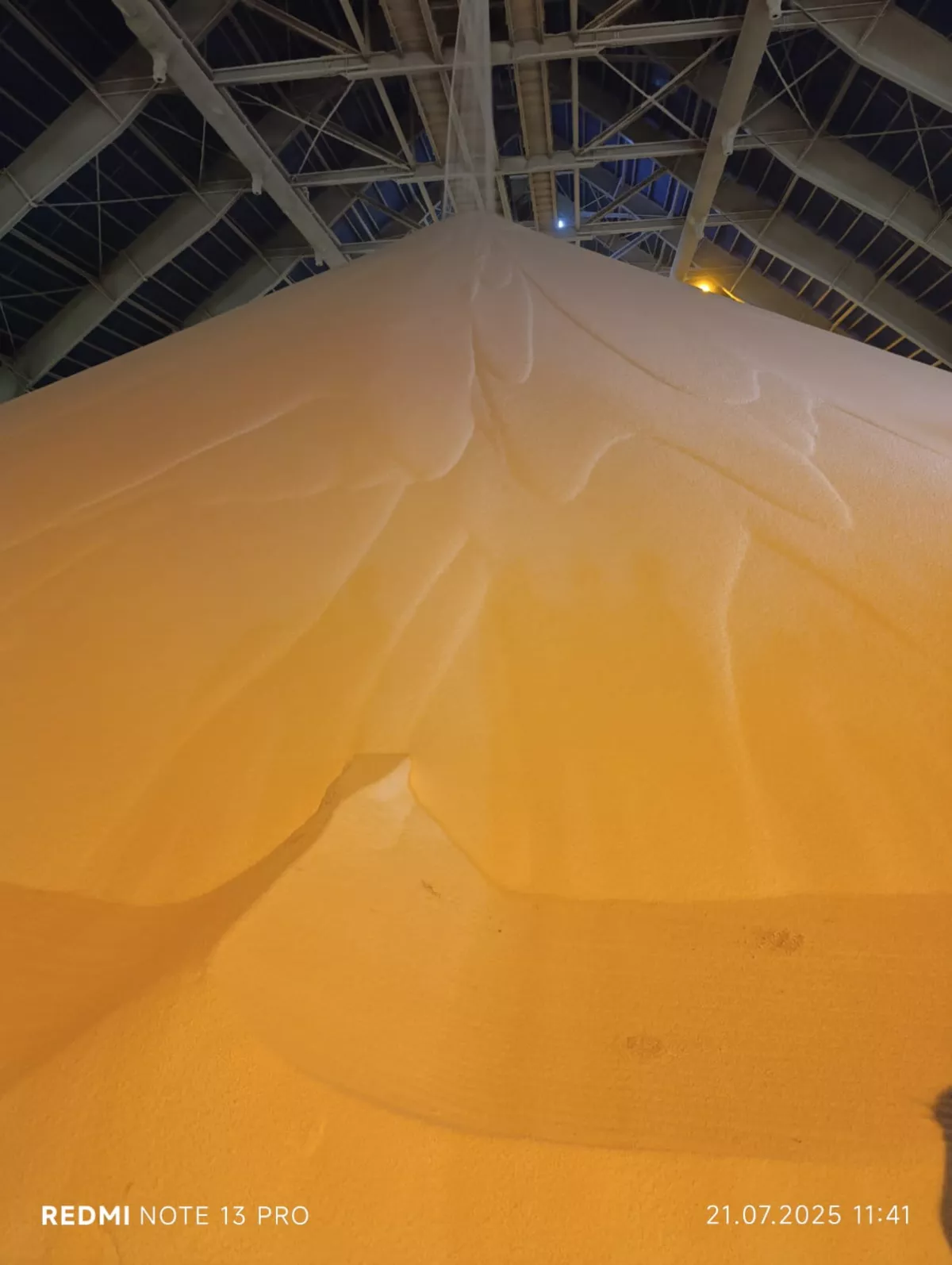Urea boom: Azerbaijan cashes in on the fertiliser comeback Caliber.Az review
This year, global nitrogen fertiliser consumption is showing signs of recovery. The World Bank’s April 2025 Commodity Markets Outlook report highlighted that fertiliser prices continued to climb during the second quarter of 2025, with the World Bank’s price index rising by 15%. According to the DTN index, urea prices reached $658 per ton as of mid-July. Azerbaijan is a key beneficiary of this positive market trend, having increased its production of urea fertilisers and nitrogen compounds by nearly 44% in 2024. Furthermore, SOCAR’s Carbamide plant plans to boost urea fertiliser production to 660,000 tons by the end of this year.

Over the past three years, the nitrogen fertiliser market has experienced significant volatility amid complex geopolitical and economic developments. The outbreak of the Russia-Ukraine war and subsequent sanctions triggered a gas shortage—the primary raw material for ammonia and urea production—which pushed fertiliser prices up by 70%. In 2023, a global recession cooled the market, leading to a notable decline in both demand and prices for nitrogen fertilisers.
However, at the start of 2024, demand began to rebound. Rising production costs for European nitrogen fertiliser manufacturers, coupled with a sharp increase in urea purchases by India and several other countries in Asia and South America, helped revive the market.
This upward trend has continued into 2025. The World Bank’s Commodity Markets Outlook report highlights a 15% increase in the fertiliser price index since the beginning of the year. This growth is driven by strong demand, trade restrictions, and production shortages—especially for urea. Prices are also being affected by ongoing export restrictions on China and sanctions and tariffs targeting Belarus and Russia. Analysts forecast that nitrogen fertiliser prices will continue to rise moderately through 2025 due to sustained demand before stabilising in 2026.
Key risks to this forecast include slower-than-expected capacity expansions, potential new trade restrictions from major exporters, and higher-than-anticipated natural gas prices. Looking ahead, the nitrogen fertiliser sector faces long-term structural challenges due to its high carbon footprint, which could drive shifts in both production and consumption toward lower-emission alternatives.
Data from DTN, an organisation that tracks retail agricultural product prices and compiles related indices, shows that average retail prices for most fertilisers continued to rise slightly through the second half of July 2025. For example, urea prices during this period stood at $658 per ton, while urea-ammonium nitrate (UAN-32) was priced at $501 per ton. Overall, DTN statistics confirm a 32% year-on-year increase in urea fertiliser prices.
Notably, the positive shifts in the global market since last year—and continuing into 2025—have greatly benefited Azerbaijan’s leading nitrogen fertiliser producer: the SOCAR Carbamide division of the State Oil Company. Commissioned around six years ago in Sumgayit, the facility comprises three production units: ammonia, urea, and urea granules. Its designed capacity is 1,200 tons of ammonia and 2,000 tons of urea per day. The plant consumes approximately 460–470 million cubic meters of natural gas annually for fertiliser production.
According to the State Statistics Committee, Azerbaijan produced 314,800 tons of urea in the first half of this year, marking a 3.3% increase compared to the same period last year. Meanwhile, the May edition of the Export Review by the Centre for Economic Reforms and Communications highlights that, from January to April 2025, urea fertiliser exports—valued at $63.5 million—ranked third after gold and tomatoes. This clearly underscores the sector’s significance within Azerbaijan’s domestic petrochemical industry.

“The products manufactured at the SOCAR Carbamide plant are exported to around 15 countries, primarily Türkiye, Georgia, and other Black Sea coastal states. Supplies are also delivered to the USA, Brazil, Argentina, Israel, and India — the world’s largest producer of urea,” Shohrat Mirzayev, Head of the Production Department at the plant, told Caliber.Az during a media tour organised on July 21 by the State Oil Company of Azerbaijan. “The SOCAR urea plant has an annual production capacity of 650,000–660,000 tons. Last year, we increased production to 652,000 tons of finished product. This year, we plan to reach up to 660,000 tons, thereby fully achieving the plant’s design capacity.”
According to Mirzayev, the plant’s modern, high-tech equipment ensures the production of high-quality nitrogen fertilisers — Azerbaijan’s grade “B” urea enjoys strong demand among consumers. In recent years, exports have been actively expanding to Romania, Bulgaria, Albania, and Italy, while Ukraine and Moldova are seen as promising markets. The company is exploring opportunities to further expand its export geography; however, priority is given to the Black Sea–Caspian and Mediterranean regions due to the short delivery routes, which help reduce transportation costs. The Head of the Production Department also noted that logistics optimisation will be supported by the planned construction of a 2.1 km railway spur directly to the plant, with relevant agreements already in place with Azerbaijan Railways CJSC.
“Our goal is to reach even higher output levels. The plant fully meets the needs of the domestic market. While it was originally planned to allocate 30% of production for local use, today that demand is more than satisfied with just 20% of output. Currently, around 100,000 tons of urea are supplied annually for domestic agricultural needs,” Mirzayev emphasised.

Notably, SOCAR’s long-term plans include the phased expansion of fertiliser production in Azerbaijan, driven by progress in the development of green energy. In particular, relevant national agencies and the UAE’s leading green technology company, Masdar, have in recent years actively advanced cooperation not only in the field of renewable energy (RES) but also in plans to introduce technologies for the production of green hydrogen and ammonia — key feedstocks for urea production.
Equally successful is SOCAR’s collaboration with Saudi Arabia’s leading renewable energy company, ACWA Power. In April 2024, a cooperation agreement was signed between the two sides in the field of green fertilisers. This document outlines joint efforts on the potential production and subsequent sale of green fertilisers (mainly urea) within the framework of a “low-carbon/green fertilisers” project, as well as the production of green hydrogen.








